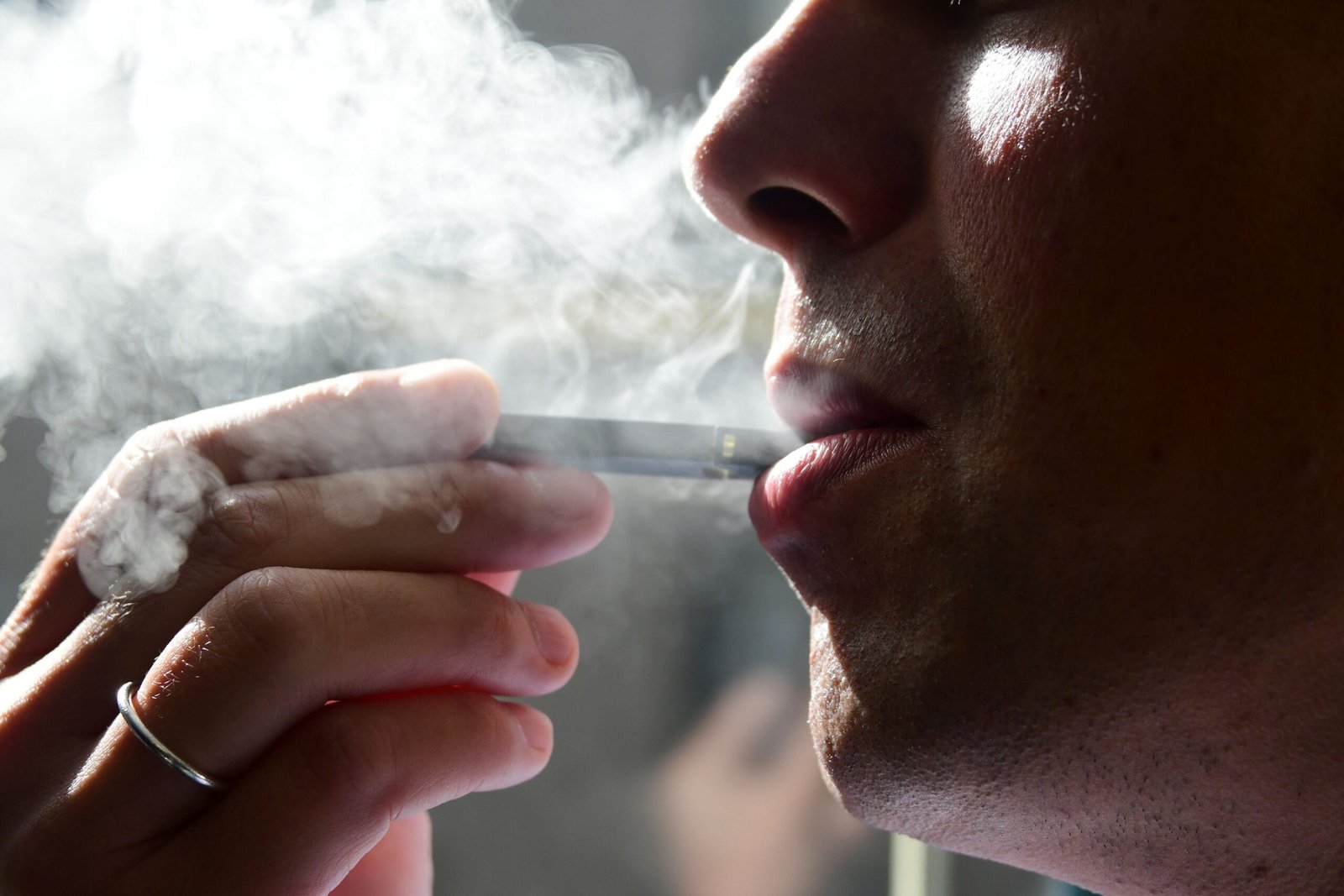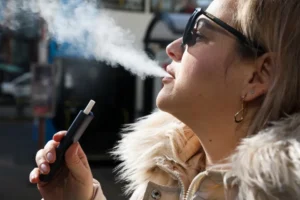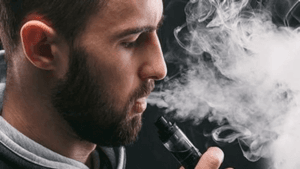For the vape industry to grow sustainably, it must tackle key issues that include the environmental effects, health worries, social duties, and advances in technology.
1. Reducing Environmental Impact
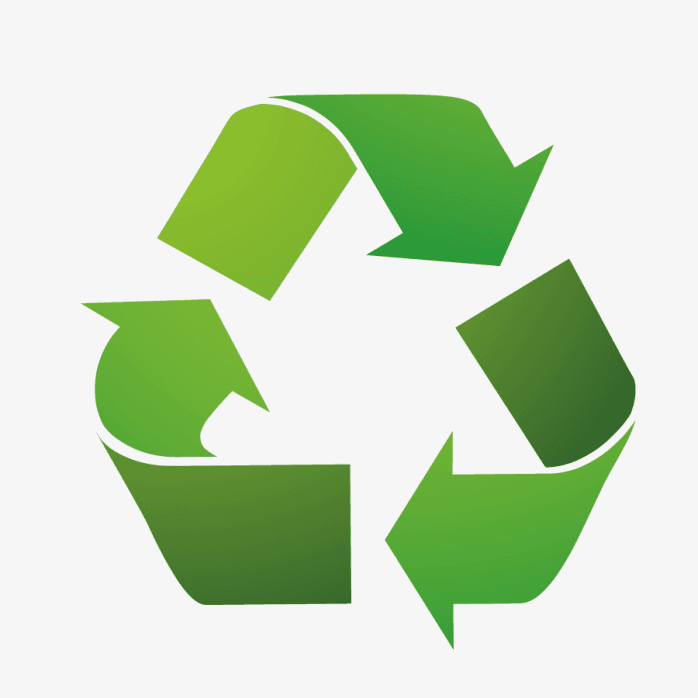
Eco-friendly Materials
Utilize materials for devices and their packaging that are recyclable and capable of decomposing naturally; for instance, opt for plastics that gradually disintegrate or metals that are non-toxic.
Recycling Programs
Establish methods for recycling used vapes and cartridges, thereby encouraging customers to return their products for appropriate disposal.
Minimizing E-Waste
Enhance product longevity by advocating for interchangeable cartridges and long-lasting batteries, thereby reducing the amount of waste generated.
2. Driving Technological Innovation
Low-Nicotine Options
Increase the appeal of products containing minimal or no nicotine in order to cater to consumers who are conscious of their health.
Smart Devices
Integrate technological features that enable users to monitor their usage closely and effectively manage it; for instance, through devices that track usage patterns and issue health-related notifications.
Green Manufacturing
Select eco-friendly materials and streamlined production techniques in order to mitigate environmental damage and reduce carbon emissions.

3. Enhancing Product Safety and Health
Strict Regulations
Governments, along with industry organizations, ought to establish harmonized safety standards for vapes; this should encompass the composition of e-liquids as well as the design of the devices.
Health Research
Undertake and disseminate long-term research on the health risks associated with vaping in order to keep consumers educated and to maintain transparency.
Clear Warnings
Ensure all products have clear health warnings, particularly regarding nicotine content and associated risks.
4. Social Responsibility and Consumer Education
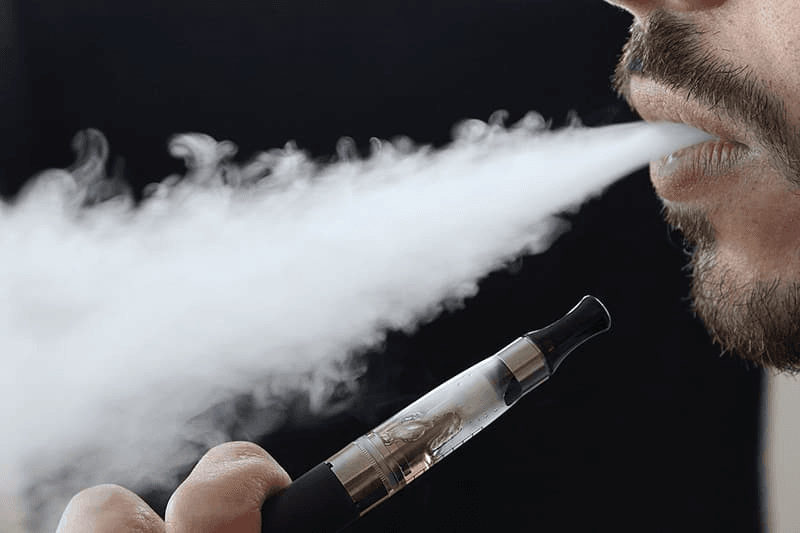
Responsible Marketing
Avoid marketing vapes to minors and non-smokers, ensuring ethical advertising practices.
Consumer Education
Offer resources on safe usage and smoking cessation programs for those using vapes to quit smoking.
Community Engagement
Establish feedback systems to improve products and collaborate with health organizations to promote anti-smoking initiatives.
5. Regulations and Government Oversight
Comprehensive Laws
Governments should put in place rules that govern the making, selling, advertising, and packaging of products, to make sure everything is done safely and within the law.
International Collaboration
Encourage global cooperation to create consistent standards and regulations across borders.
6. Industry Collaboration
Standardization
Join forces to create uniform safety, quality, and eco-standards for the whole industry.
Information Sharing
Foster collaboration between companies, governments, and academic institutions to share research on health, technology, and industry trends.
SENCOI stands out with its exceptional vape products that blend innovation, quality, and style. Their devices are reliable, user-friendly, and consistently deliver an outstanding vaping experience.

